How to Start a Shoe Business From Scratch: Step-by-Step

When you buy something through one of the links on our site, we may earn an affiliate commission.
Want to know how to start a shoe business this year?
Well, it might not be as hard as you think.
In this post, we've outlined the steps involved in breaking into the footwear industry, even if you don't have a product to sell yet.
Here's what we'll cover:
- Market research and niche selection
- Business model options
- Building your website
- Getting started on social media
- And much more
Let's get started.
Contents
- 1. How to Start a Shoe Business: Market Research
- 2. Choose Your Shoe Business Niche and Product Line
- 3. Choosing a Shoe Business Model
- 4. Shoe Business Name and Branding
- 5. Legal Registration of a Shoe Company
- 6. How to Build a Shoe Business Website
- 7. Social Media Marketing for Shoe Businesses
- 8. Shoe Business Storage and Distribution
- 9. Scaling Your Shoe Business
- Examples of People Who Started a Shoe Business
- Conclusion
1. How to Start a Shoe Business: Market Research
Before you start a shoe business, you'll need to perform market research.
This process is essential in any business venture because it allows you to find the right products to sell and the people to sell them to.
It also provides insights into your competitors and what's currently working for them, to uncover current market trends, and discover opportunities for innovation and growth.
Furthermore, it'll save you time when it comes to choosing a niche and deciding on which categories of footwear to break into.
If you want the ultimate timesaver, you can try using ChatGPT for research to get you started.
Essentially, market research helps you plan for success. Instead of diving in and making educated guesses, you start your shoe business on solid data.
To get started with market research, one strategy is to browse through eBay to see which types of footwear are selling well.
Another place to look where you can see the number of recent sales is Aliexpress. Just browse through the categories and note which ones fetch the highest reviews and sales.
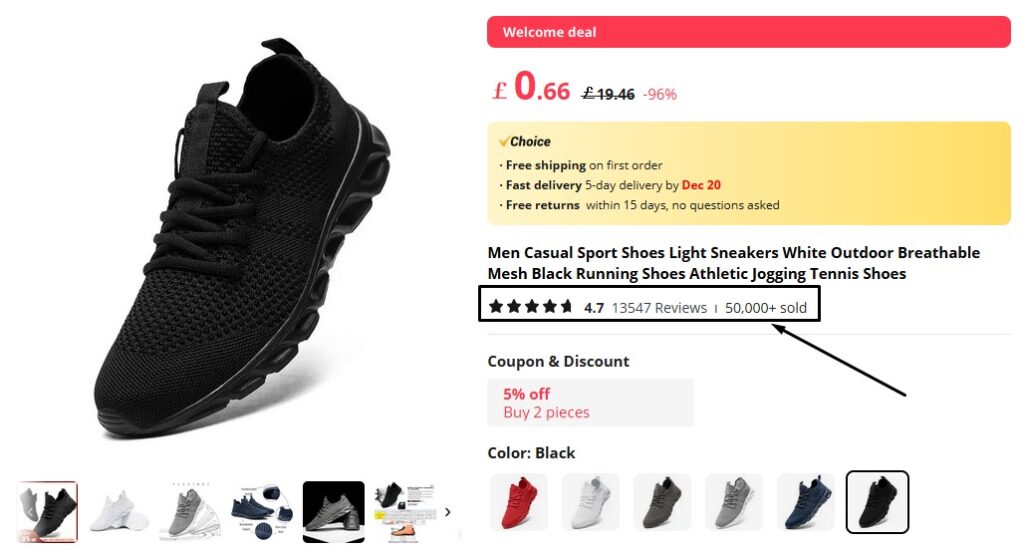
Lastly, try browsing through independent footwear brands on Instagram and take note of the posts that get the most attention.
Doing this step thoroughly will help sprout some ideas for niching down, which we'll cover next.
2. Choose Your Shoe Business Niche and Product Line
A niche targets a smaller audience within a larger shoe industry and meets their specific needs and desires.
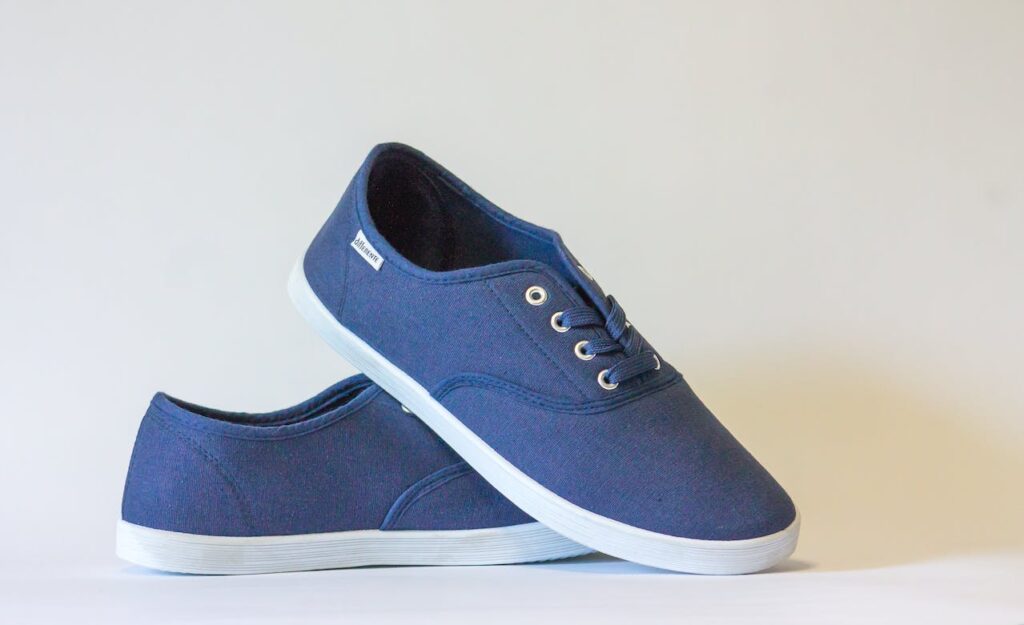
This is an important step when starting a shoe business because going too broad means you'll be competing with too many other brands.
To stand a fighting chance of competing, you need to stand out from the crowd and differentiate your offerings.
This is the best way to get noticed on social media platforms and create more buzz around your brand.
You may also want to define a specific shoe line. For example, you could specialize in eco-friendly footwear, athletic shoes, or even high-end luxury stilettos.
Oftentimes, your product line will reflect the niche, so it can be helpful to brainstorm with both ideas to find some middle ground.
Moreover, the market research you performed in the previous step will make finding niche and product lines that much easier.
Remember, success lies in specificity.
Therefore, having unique offerings will become your brand's identity and help you establish a loyal customer base.
3. Choosing a Shoe Business Model
Choosing a business model is another crucial step when starting a shoe business.
An obvious choice would be to initially launch and sell from your own website, but there are other options you can try first.
Plus, it also depends on how you go about sourcing the products in the beginning.
For example, you could start by purchasing shoes at a discount and selling shoes on eBay. This model would be great if you have a knack for finding valuable shoes at a bargain.
Another option is to choose the print-on-demand model using a platform like Printful. Here, you create unique designs that get printed on shoes only after a customer places an order.
This is beneficial if you have a low budget, as you won't need to shell out on initial inventory. All you need is to build a website and connect it to a print-on-demand company.
More on setting up a website later.
The last approach is to mass-produce your own custom shoe designs. For a custom shoe business, you can find shoe manufacturing companies on a site like Alibaba.
Then, you can either sell from your own eCommerce platform or sell using the Amazon FBA platform.
Either that or you could find a local shoe maker and sell from a brick and mortar shoe store. Regardless of how you choose to sell custom shoes, this approach will require a substantial investment.
However, this model will offer the best profit margin.
If you do diligent market research and know the audience well, this model has a huge potential for high returns.
Ultimately, the best model for you depends on your resources, skills, and business goals.
4. Shoe Business Name and Branding
The next step in starting a shoe business is to think about branding.

This not only involves choosing a name but also creating a brand identity that communicates the essence of your products.
The identity of a brand encapsulates core values and its personality, as well as the color scheme, logo, and packaging.
When you develop a brand like this, it enables you to speak directly to your intended audience with copy that reflects the brand's identity.
This also helps you position and differentiate yourself so that you stand out in the market.
Furthermore, branding is about the experience customers have when purchasing and wearing your products.
Depending on your niche, the line of shoes, and the quality will determine how your customers feel and how you're able to communicate that in your branding.
Now, the easiest place to start is with the name and slogan. We have a full list of shoe business name ideas and an article on shoe business slogan ideas for inspiration.
Or you might consider using this AI name generator by Ahrefs.
Lastly, you'll need to check your name ideas are available for domain registration and social media handles.
It's also a wise move to check they're not trademarked depending on the countries you're selling to.
5. Legal Registration of a Shoe Company
Once you have confirmed a business name and checked its availability, you'll need to register the business and set up legal processes.
In many cases, you could register as a sole proprietor, especially in the early days.
Other forms of legal business entities include:
- Limited Liability Company (LLC)
- Corporation (Corp.)
- Incorporated (Inc.)
- Limited liability company based in the UK (LTD)
- Partnership
Each of these business structures offers different benefits. However, most entrepreneurs choose to form an LLC or Corporation.
To make this process as smooth as possible, you might consider using a service like ZenBusiness.
With ZenBusiness, you can register the business structure, which includes selecting a unique name and filing necessary legal documents.
They can also assist you in obtaining an Employer ID Number (EIN), creating an operating agreement, and ensuring worry-free compliance, which are all important elements when legally establishing a business.
ZenBusiness even offers an entirely free plan to get you started.
6. How to Build a Shoe Business Website
Now comes the exciting part and that is to build an online shoe store.
If you don't want to do this yourself, you could hire someone from Fiverr. For example, this gig offers a complete WooCommerce setup for less than $100.
However, you might be surprised how easy it is to set up an eCommerce site using WordPress and WooCommerce.
Plus, you'll only need to pay for hosting and a domain name, which can be as low as $50 for the first year.
Here are the steps to follow:
Step 1: Sign up for web hosting. BlueHost is a good budget choice, but if you want scalability, then go with Cloudways.
Cloudways also lets you install WooCommerce in a couple of clicks when you sign up. Just select it from the dropdown:
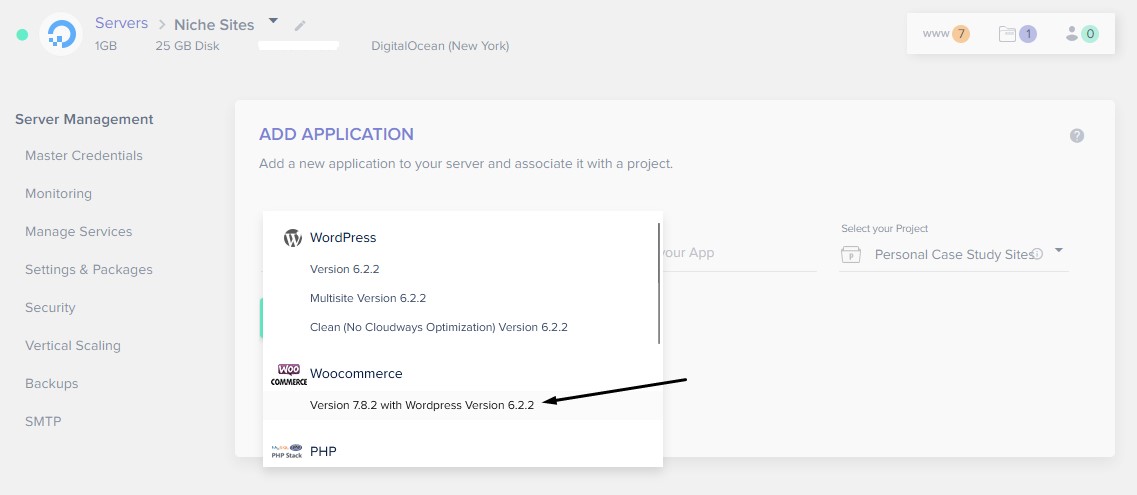
Step 2: Once your site is built, you can log in and add Stripe as the payment processor. This is a free addon for WooCommece, which lets you take payments directly on your site.
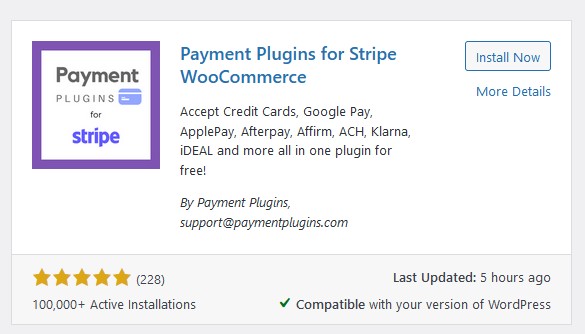
Step 3: Next, choose a WordPress theme for WooCommerce. A free basic option is to go with StoreFront, which is completely free and easy to set up.
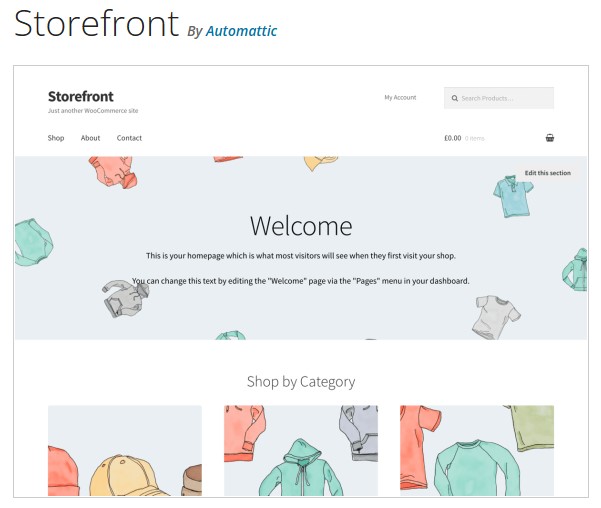
Another theme that is specifically designed for fashion and clothing brands is Hyperon, which also has some templates for footwear stores.
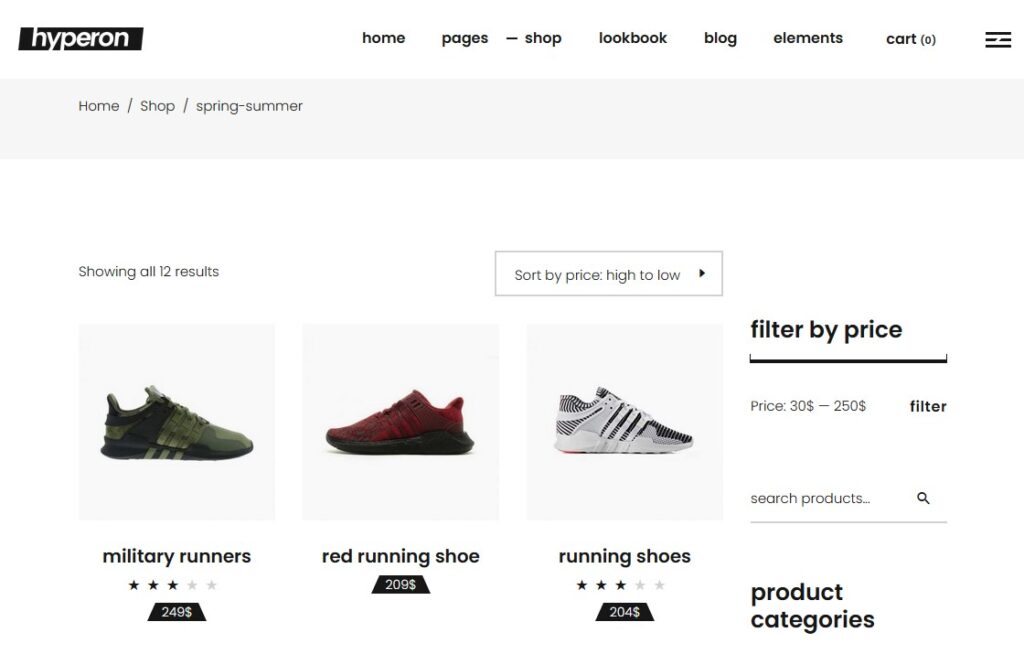
Step 4: Now, you can log into your WordPress dashboard, install your theme, and start adding products.
Step 5: To add a product in WooCommerce, click on add product and fill in the details such as product name, price, and adding an image.
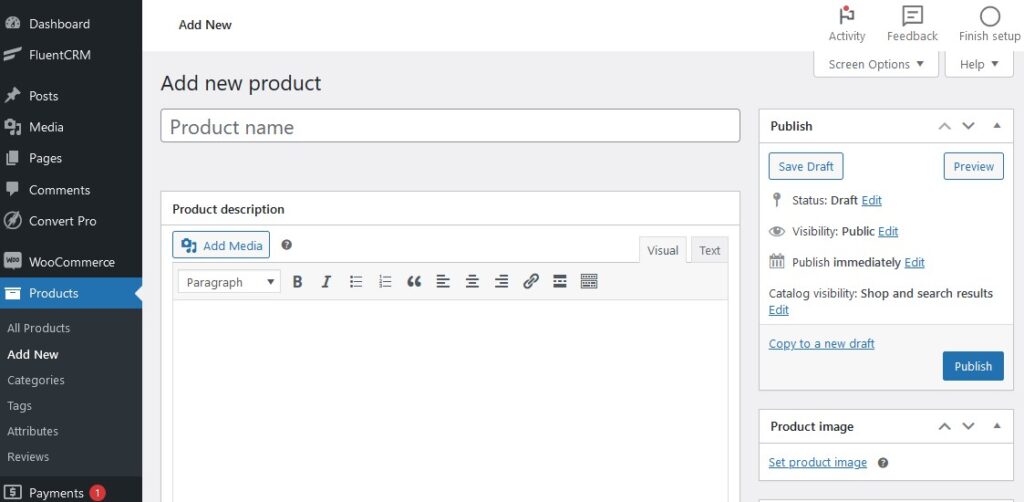
Next is to install the most essential WordPress plugins. These are free and will boost your website's functionality.
Be sure to check our post on the best free WordPress plugins after you've read this one.
That's it. Once you have some products listed on your site, you can launch them to the public.
7. Social Media Marketing for Shoe Businesses
Once your shoe brand is established, and you're making consistent sales, social media can be used to scale visibility and grow your customer base.

However, in the early days, social media can be used to help you define your niche, develop your brand identity, and understand what your audience wants.
A good platform to choose for a shoe business is Instagram. As it's primarily about sharing images, this will be a good way to build a following.
In fact, you don't need a huge following to make money on Instagram or even a product to grow an audience.
You can start by sharing popular posts from other Instagram accounts, crediting them in the caption. Then, build up a following and monitor which types of footwear or style people resonate with the most.
This can lead to some valuable insights into what types of products to sell. Then when you're ready, you already have an audience to sell to.
8. Shoe Business Storage and Distribution
Next up is to know what your options are with logistics and distributing. This process involves everything from storage and warehousing to shipping and packaging.

If you're starting your shoe business from home, a spare room or garage might suffice. However, you might need to expand to a bigger facility once your sales require more upfront stock.
It also depends on the business model you chose in the previous step.
If you're using the print-on-demand business model, most of the logistics are done for you. That's because your products will be sent directly to the customer from the printing company's warehouse, allowing you to focus on new designs and fashion marketing.
Then there's the Amazon FBA model, where all that's needed from you is to send your stock to an Amazon fulfillment center. When you make sales, Amazon does the rest for you.
Alternatively, you can arrange an eCommerce fulfillment warehouse, which manages the whole process of storing and shipping your products.
Depending on the structure of your footwear business and the stage you're at will depend on which route you take.
9. Scaling Your Shoe Business
Once your shoe business is making consistent sales and you have the systems in place, it's time to scale up.
In other words, your store is thriving, and you've fixed bottlenecks that can cause delays between purchases, shipping, returns, and customer service.
Now, it's time to implement a robust marketing strategy to get more eyes on your brand and higher volumes of traffic to your online store.
One common approach is to run ad campaigns on platforms such as Facebook and Instagram. This can be beneficial for several reasons:
- You're able to get quick feedback when running ads
- You can send ad traffic directly to orders or to grow your social accounts
- It can help you determine ways to optimize your sales funnel
Content marketing is another way to scale your shoe business. This involves creating blog content that your target market are searching for on Google.
This marketing strategy will take more time than ads, but it can yield a higher ROI.
Another strategy is to capture emails when people abandon their shopping carts. You can also start a newsletter to bring people back to your site or send emails when you run an offer.
Lastly, growing your social media channels can help generate more organic traffic from these platforms.
For your business idea to be sustainable, it's best to diversify your traffic streams and not put all your eggs in one basket.
The great thing is that this can be done in-house in the beginning, and you can outsource the marketing down the road when you have the budget to do so.
Examples of People Who Started a Shoe Business
Here's a sneak peek at a couple of footwear brands that have found success in recent years.
- All Birds - An eco-friendly shoe brand that went from zero to a one-billion-dollar company in 4 years.
- Boomerangz Footwear - This flip-flop brand based in Australia grew to $480K per year in a few short years.
You can read the Starter Story case study with a free account. And if you enjoy it, consider reading our Starter Story review here.
Conclusion
There you have it. This guide on how to start a shoe business provides enough steps to get you started.
To make it as simple as possible, you can break it down into three steps. Planning, building, and growing.
The planning phase ensures you enter the right market and get to know your audience. Building involves setting up a website and creating some interest on social media.
Lastly, once you're making sales and everything is running smoothly, you can focus on growth and scaling traffic.
Good luck.
Want to learn step-by-step how I built my Niche Site Empire up to a full-time income?
Yes! I Love to Learn
Learn How I Built My Niche Site Empire to a Full-time Income
- How to Pick the Right Keywords at the START, and avoid the losers
- How to Scale and Outsource 90% of the Work, Allowing Your Empire to GROW Without You
- How to Build a Site That Gets REAL TRAFFIC FROM GOOGLE (every. single. day.)
- Subscribe to the Niche Pursuits Newsletter delivered with value 3X per week
My top recommendations

















